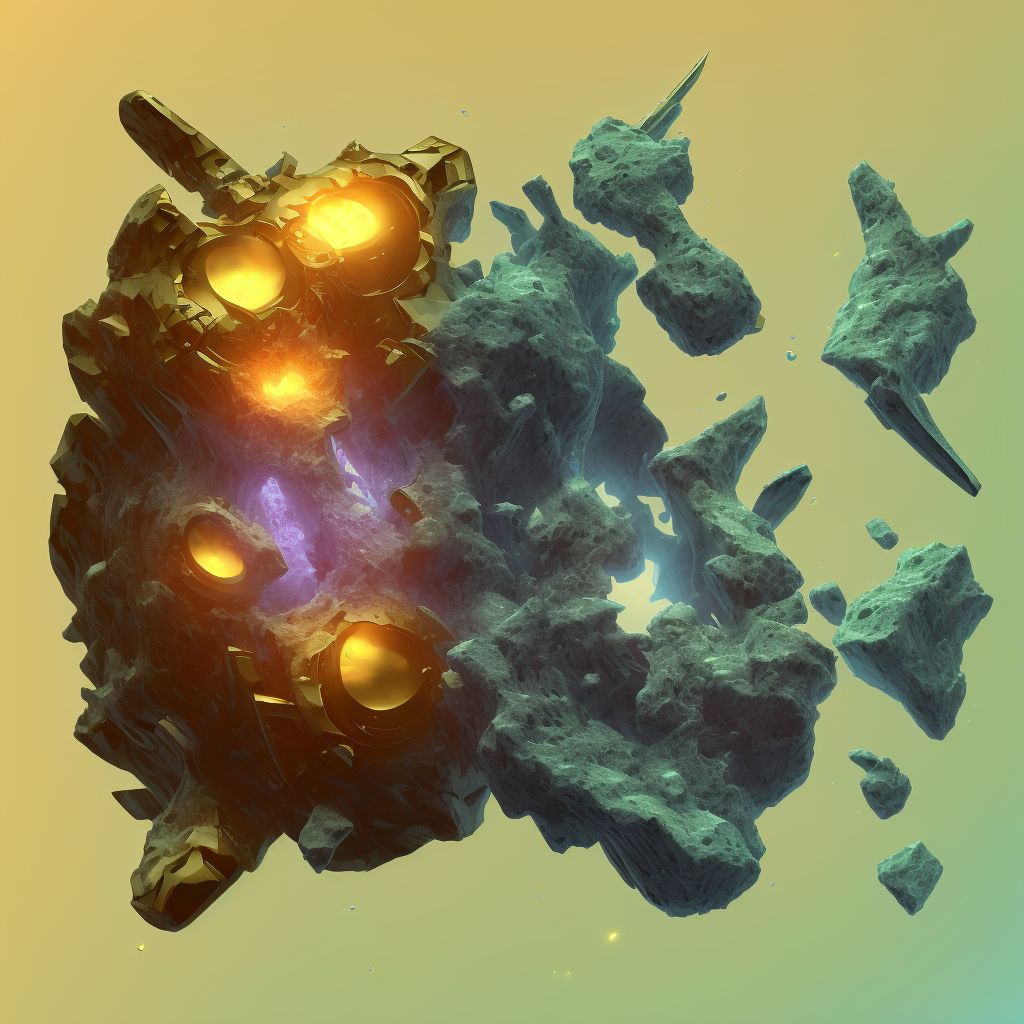
Displaced oblique fracture of shaft of left tibia, subsequent encounter for open fracture type I or II with malunion Save
ICD-10 code: S82.232Q
Disease category: S82.232: Displaced oblique fracture of shaft of left tibia
Displaced Oblique Fracture of Shaft of Left Tibia: Understanding Subsequent Encounter for Open Fracture Type I or II with Malunion
When it comes to bone injuries, the tibia is one of the most commonly affected bones in the human body. One specific type of tibial fracture is the displaced oblique fracture of the shaft of the left tibia. This article aims to provide a brief overview of this condition and its subsequent encounter for open fracture type I or II with malunion.
A displaced oblique fracture of the shaft of the left tibia refers to a break in the tibia bone that occurs at an angle, resulting in the bone fragments shifting or misaligning. This type of fracture often requires medical intervention to realign the bone properly to promote healing.
Subsequent encounter for open fracture type I or II with malunion indicates that the fracture was initially treated as an open fracture (where the bone breaks through the skin), and despite medical intervention, the bone has healed in an abnormal position, leading to malunion. Malunion occurs when a fractured bone heals in a position that is not anatomically correct.
Dealing with such an injury can be challenging and may require further medical attention. However, it's important to note that this article does not cover treatment options for this particular condition.
- Symptoms: Patients with a displaced oblique fracture of the shaft of the left tibia may experience pain, swelling, difficulty walking, and deformity in the area of the fracture.
- Diagnosis: A thorough examination along with imaging tests such as X-rays or CT scans are typically used to diagnose this condition. These tests help determine the extent of the fracture and guide treatment decisions.
- Complications: If left untreated or not properly managed, a displaced oblique fracture of the shaft of the left tibia with malunion can lead to long-term complications such as chronic pain, reduced mobility, and an increased risk of future fractures.
- Prevention: While accidents happen, taking precautions such as practicing proper safety measures during physical activities, using protective gear, and maintaining strong bone health can help reduce the risk of tibial fractures.
It's essential to consult with a healthcare professional for an accurate diagnosis and appropriate treatment options for a displaced oblique fracture of the shaft of the left tibia with subsequent encounter for open fracture type I or II with malunion. Prompt medical attention can help ensure a better prognosis and prevent potential complications.
Treatment of Displaced oblique fracture of shaft of left tibia, subsequent encounter for open fracture type I or II with malunion:
Treatment Options for Displaced Oblique Fracture of Shaft of Left Tibia
A displaced oblique fracture of the shaft of the left tibia, subsequent encounter for open fracture type I or II with malunion, can be a challenging condition to treat. However, with the advancements in medical technology, there are several treatment options available to help patients recover and regain functio...
To see full information about treatment please Sign up or Log in